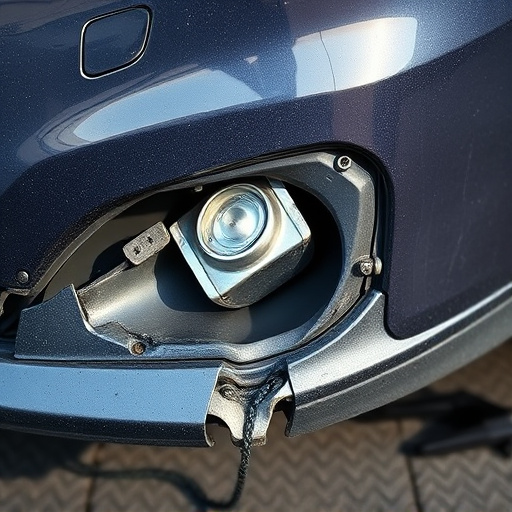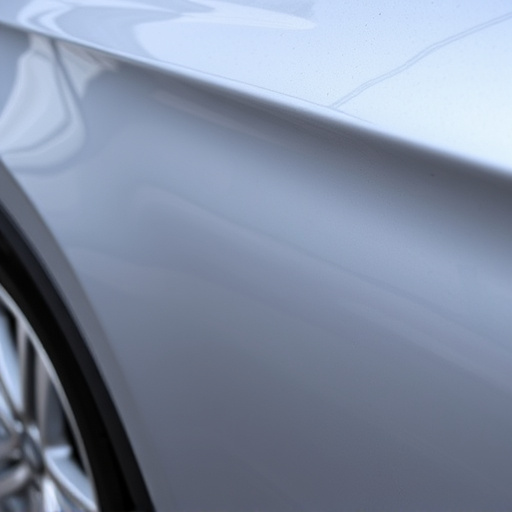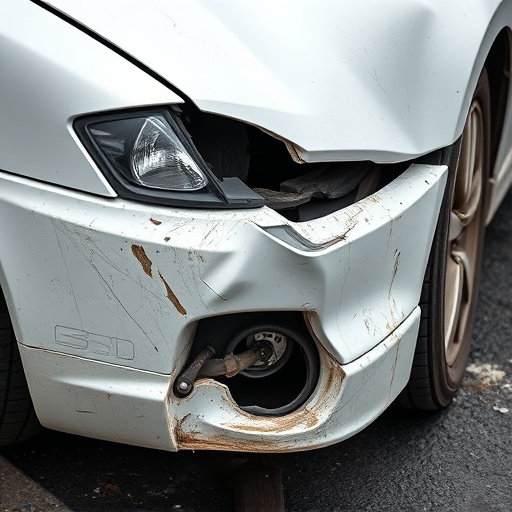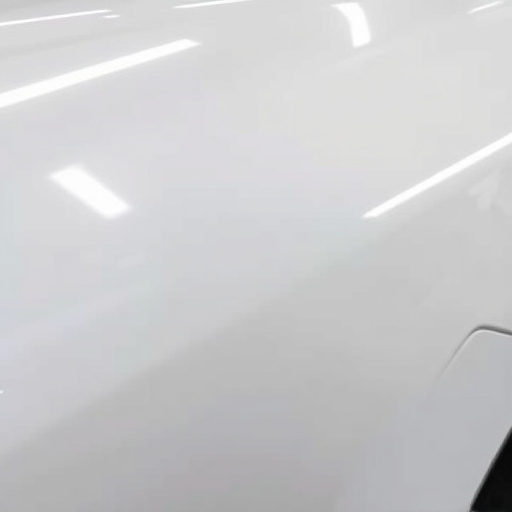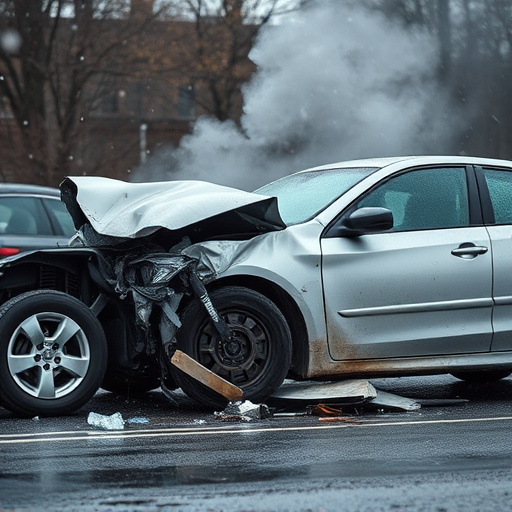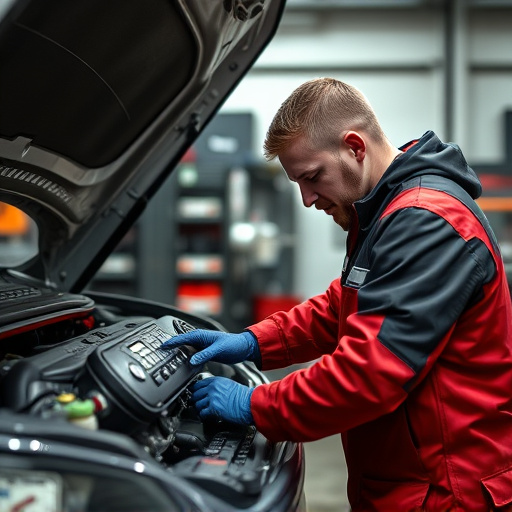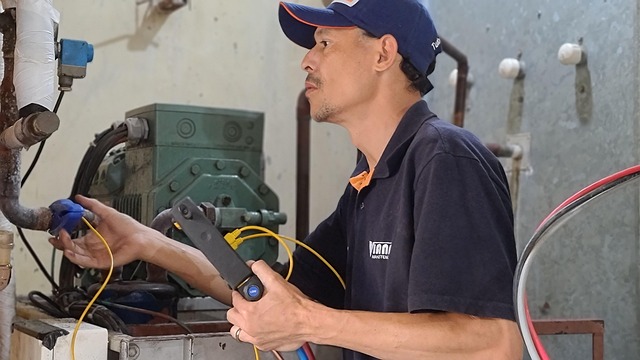A repair quality inspection checklist is an essential tool for auto body shops, ensuring consistent and high-quality repairs. It promotes effective communication, fosters customer satisfaction, and protects the shop's reputation. The checklist includes detailed pre- and post-repair assessments, breaks down the repair process from estimation to final checks, and incorporates sections for customer communication. Implementing this comprehensive checklist drives better repair quality inspections, enhances client relationships, and delivers consistent outcomes, making it a game-changer for excellence in auto body repair services.
In the auto body shop industry, ensuring consistent and high-quality repairs is paramount. One effective tool that aids in this process is a well-structured repair quality inspection checklist. This article delves into the significance of such checklists, breaking down their purpose and essential components. We’ll explore how these lists facilitate meticulous inspections, enable consistent outcomes, and ultimately contribute to customer satisfaction. By implementing and utilizing these checklists effectively, auto body shops can maintain top-tier standards in their operations.
- Understanding the Purpose of a Repair Quality Inspection Checklist
- Key Components of an Effective Auto Body Shop Inspection List
- Implementing and Utilizing the Checklist for Consistent High-Quality Repairs
Understanding the Purpose of a Repair Quality Inspection Checklist

A repair quality inspection checklist serves as a crucial tool for auto body shops, ensuring every vehicle undergoing restoration or auto body repair meets the highest standards. This comprehensive list is designed to guide technicians through a meticulous process, covering all aspects of the repair and restoration project. By adhering to this checklist, shops can guarantee consistent, high-quality outcomes for their clients.
It plays an integral role in maintaining customer satisfaction and business reputation. With each item on the checklist meticulously checked off, vehicle owners gain confidence knowing their car is being handled by professionals who prioritize detail and accuracy. This process also facilitates effective communication between technicians, ensuring everyone involved understands specific requirements for each repair or restoration task, especially after a vehicle collision repair.
Key Components of an Effective Auto Body Shop Inspection List
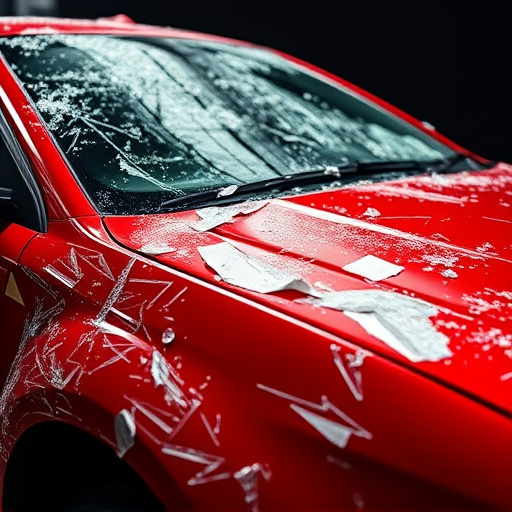
An effective auto body shop inspection list is a crucial tool for ensuring top-notch repair quality. It should encompass several key components to cover every aspect of vehicle collision repair and vehicle body repair processes. Firstly, it must include a detailed section for documenting pre- and post-repair assessments, noting any existing damage or issues not related to the recent collision. This provides a baseline for measuring the shop’s work accurately.
Secondly, the list should have dedicated spaces for evaluating each step of the repair process in the collision center, from estimating costs and sourcing parts to actual welding, painting, and final quality checks. This includes verifying that all repairs are performed according to industry standards and manufacturer specifications. Additionally, including sections for customer communication and feedback can help maintain transparency and build trust, fostering a positive relationship between the shop and its clients.
Implementing and Utilizing the Checklist for Consistent High-Quality Repairs
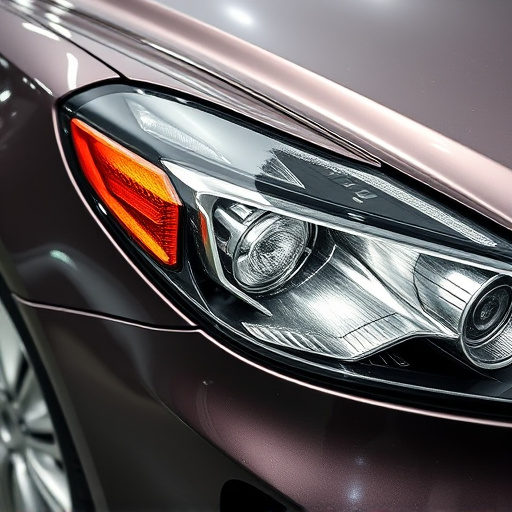
Implementing a comprehensive repair quality inspection checklist is a game-changer for auto body shops striving for excellence in their craft. This tool ensures that every vehicle undergoing repair, whether it’s a simple car dent repair or complex automotive collision repair, is thoroughly evaluated at each stage of the process. By adhering to a structured checklist, shops can guarantee consistent high-quality outcomes, fostering customer satisfaction and maintaining their reputation as trusted professionals in the industry.
Utilizing this checklist promotes uniformity among technicians, minimizing errors and inconsistencies that may arise from subjective assessments. It acts as a guide, ensuring no detail is overlooked, from panel alignment to paint job precision. With regular training and updates, the checklist becomes a vital component of any auto body shop’s quality control system, contributing to their success in providing top-notch auto repair near me services and competing in the market for automotive collision repair.
A well-structured repair quality inspection checklist is a cornerstone for auto body shops aiming to deliver consistent, high-quality repairs. By systematically evaluating each stage of the repair process, from initial assessment to final touch-ups, shops can ensure precision, adherence to industry standards, and customer satisfaction. Embracing this practice not only enhances overall repair quality but also fosters a culture of excellence within the shop, ultimately strengthening its reputation in the market.
